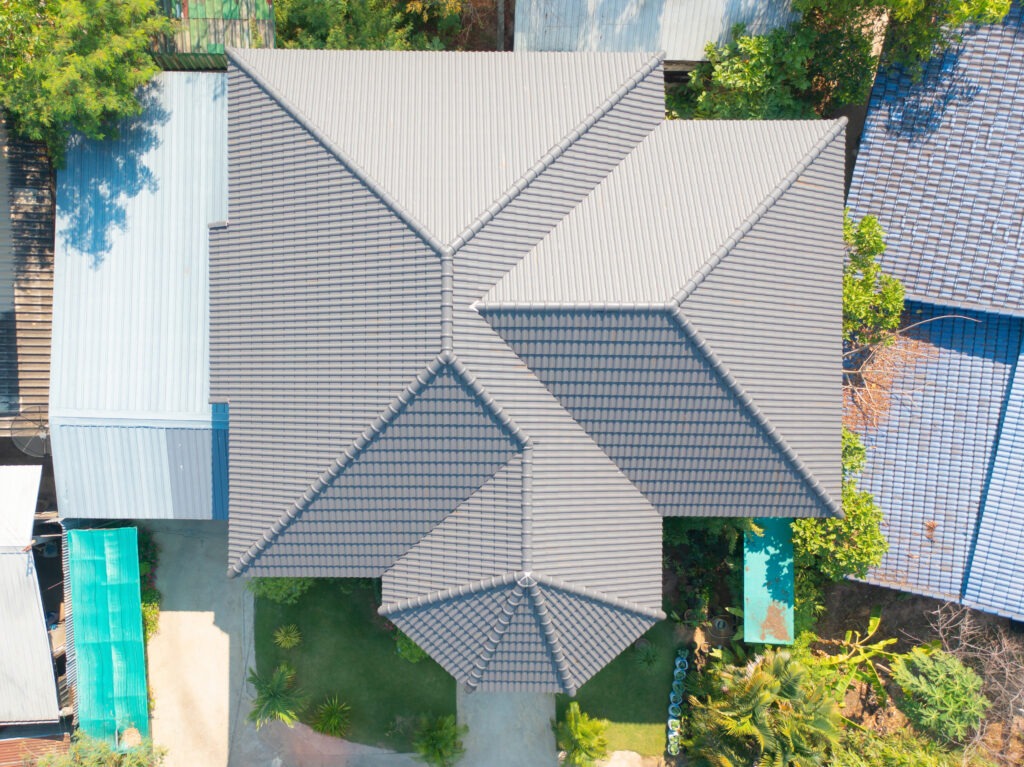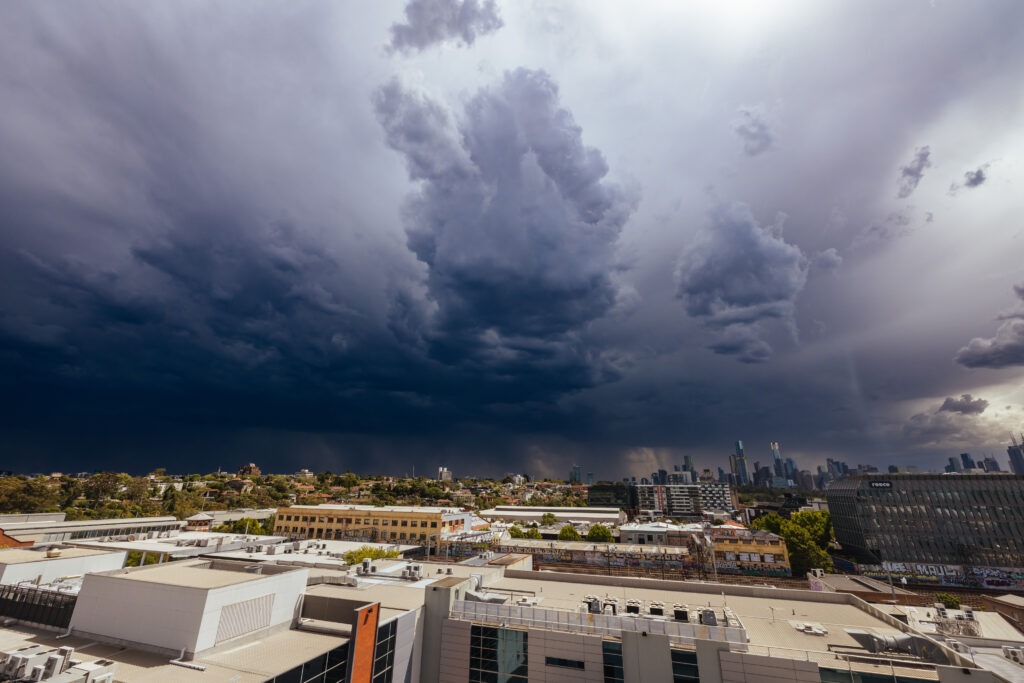Roofing is more than just shingles or tiles visible from the curb. It’s a complex system composed of multiple layers, each working together to protect your home. Understanding these layers can help make informed decisions during installations or repairs. We’re here to guide our customers during their roofing process. Read our blog to learn more about the 6 layers of roofing.
1. Roof Decking (Sheathing)
At the base of any roof system is the roof decking, also known as sheathing. Typically made of plywood or oriented strand board (OSB), this layer provides structural support and serves as the foundation for the rest of the roofing materials. Proper installation and maintenance of the decking are critical because any weakness here can compromise the entire roof.
2. Underlayment
Above the decking is the underlayment, a crucial waterproof or water-resistant layer. Traditionally, asphalt-saturated felt was used, but modern synthetic materials are increasingly common due to their durability and resistance to tearing. The underlayment acts as a secondary barrier against water infiltration, protecting the decking from moisture that could seep through the outer roofing material.
3. Ice and Water Shield
In areas prone to heavy rain or snow, an ice and water shield is often installed. This specialized underlayment provides extra protection against ice dams and wind-driven rain, particularly in vulnerable roof areas such as valleys, eaves, and around chimneys or vents.
4. Roof Covering (Shingles, Tiles, or Metal Panels)
The most visible layer of a roof is the outer covering, which can include asphalt shingles, clay tiles, metal panels, or other materials. This layer not only protects against weather but also contributes to the home’s aesthetic appeal. The choice of material often depends on climate, budget, and architectural style.
5. Flashing
Flashing consists of thin metal strips installed around roof penetrations (chimneys, vents, skylights) and along valleys to direct water away from these vulnerable areas. Properly installed flashing is critical to prevent leaks.
6. Ridge Caps and Ventilation
At the roof’s peak, ridge caps and ventilation systems play a vital role. Ridge caps provide a finished look while sealing the roof’s edges, and ventilation helps regulate attic temperature and moisture, extending the roof’s lifespan.
Each layer of roofing serves a specific purpose, and together they form a comprehensive system designed to protect your home. Learning about the 6 layers of roofing gives home owners more insight into the structure of their roof. Regular inspections and maintenance are essential to ensure all layers perform as intended, especially after severe weather events. Contact Vertical Solutions Roofing today for a complimentary roofing inspection!


